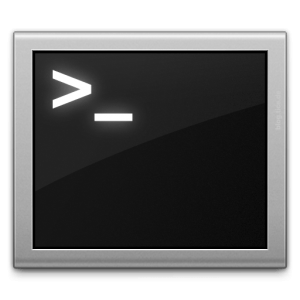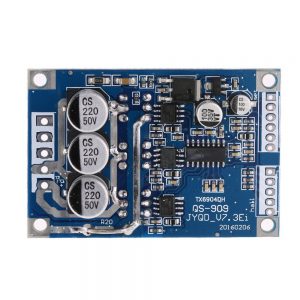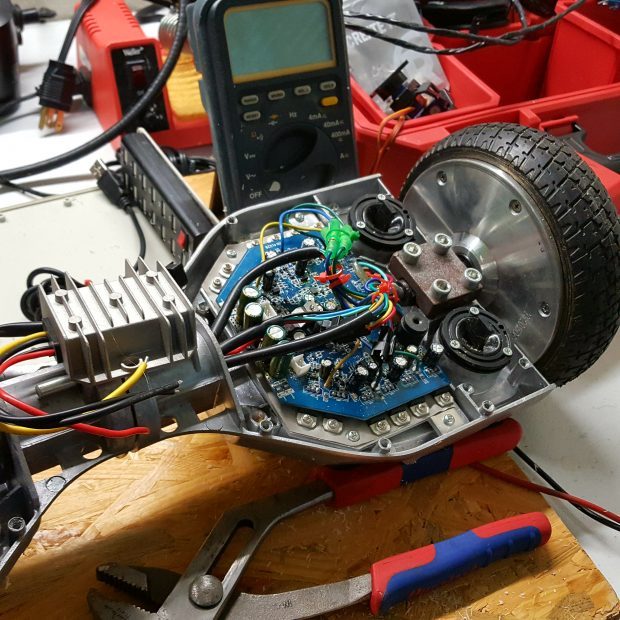Fan of nano? Like having pretty colors to see where you messed up? Of course we do! Much like many of us, I use nano. Its quick, easy, and readily available. However, I like to see the highlighting of my language. As many of you know, there are “nanorc” files, that will tell nano how to handle language highlight.
Much like many of us, I use nano. Its quick, easy, and readily available. However, I like to see the highlighting of my language. As many of you know, there are “nanorc” files, that will tell nano how to handle language highlight.
They are usually located in /usr/share/nano/ (at least in ubuntu); and you can make your own under your home directory with a .nanorc file. I can post about that later…
For now let get markdown working in nano!
You will need to create a file called markdown.nanorc by doing the following:
sudo touch /usr/share/nano/markdown.nanorc
Now that the file is created, we just need to populate it with the following below text, in a pastebin for your convenience. Just copy that text, and paste it into the aformentioned file. Once a new session is started, you will be able to start using markdown.
https://pastebin.com/raw/tHkBqdef
Just a little note as well; if you have a need for another language, you can follow the same instructions with their pre-reated files. Take a look here, to see other nanorc files. Also, nano has just been updated after a very long while, please take a look at the new support when you can.


 I have been quietly working on the installer and image. However, there have been 2 OS updates since I started. So I am refreshing all of my images with Raspbian Stretch. I will be making it available soon.
I have been quietly working on the installer and image. However, there have been 2 OS updates since I started. So I am refreshing all of my images with Raspbian Stretch. I will be making it available soon. 




 This will include software, and hardware measures to ‘take over’ the device, and even limit speed. Eventually I will be able to return him back to a certain spot with playtime is over. I hope to automated charging as well eventually. There are a lot of features I have ready; however I am still building out the hardware.
This will include software, and hardware measures to ‘take over’ the device, and even limit speed. Eventually I will be able to return him back to a certain spot with playtime is over. I hope to automated charging as well eventually. There are a lot of features I have ready; however I am still building out the hardware. Once testing is completed, and it works; I will go through how I set it up. However, this will be piece by piece as I do it. I have even considered some youtube videos. However, that will depend on my success in doing this on a budget. I am also using completely reclaimed parts, minus a couple bolts I bought. So its been free so far.
Once testing is completed, and it works; I will go through how I set it up. However, this will be piece by piece as I do it. I have even considered some youtube videos. However, that will depend on my success in doing this on a budget. I am also using completely reclaimed parts, minus a couple bolts I bought. So its been free so far.